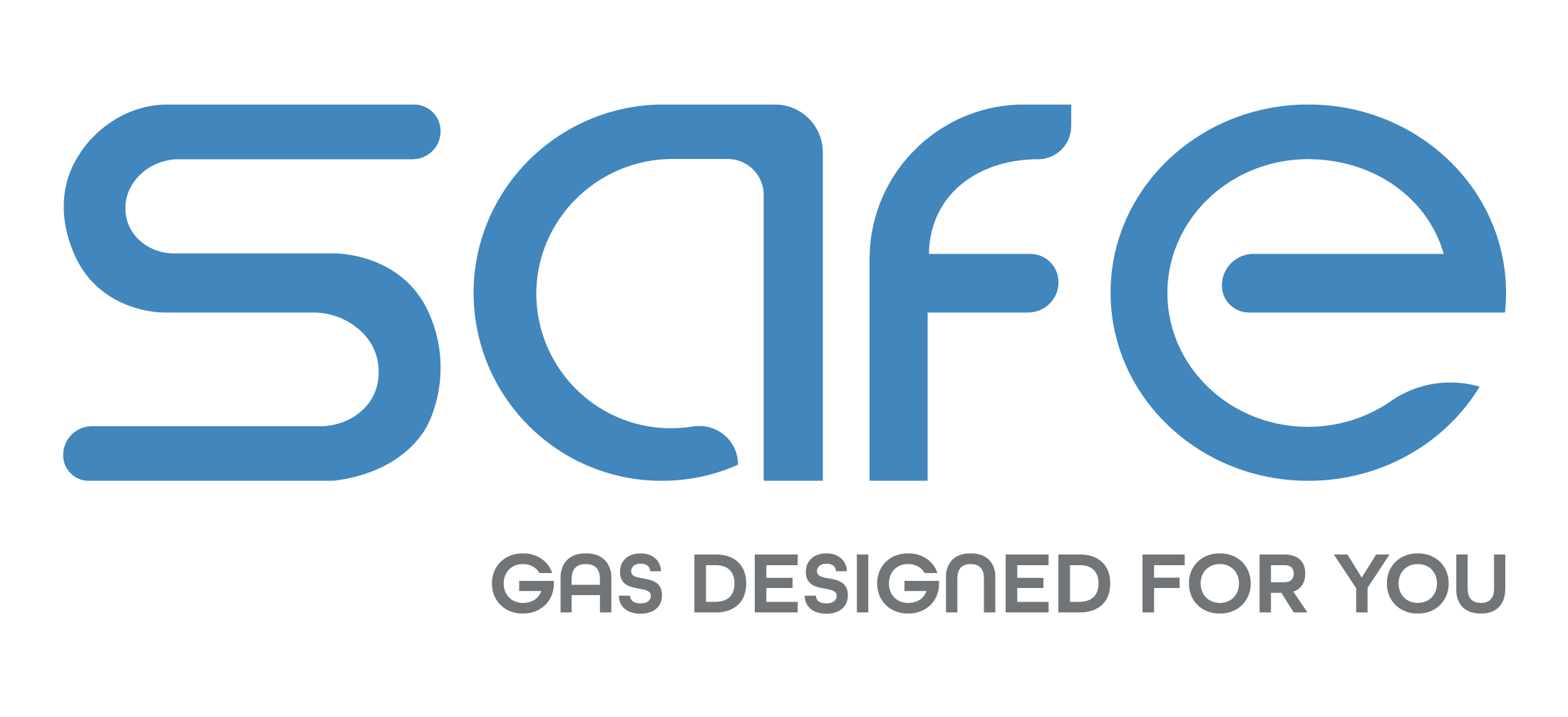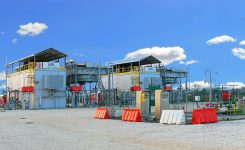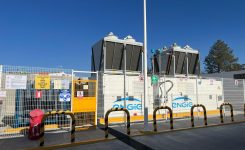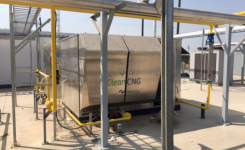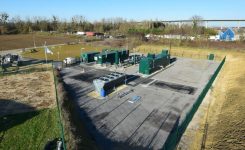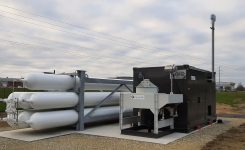News, News
AZIENDA AGRICOLA LEONA: A REAL EXAMPLE OF SUSTAINABILITY, ENVIRONMENTAL PROTECTION AND CIRCULAR ECONOMY
In operation since November 2020, the first plant of biomethane from straw is targeting more than 3,000,000 of m3 of high purity biomethane production to be injected into the grid.The biomethane production plant is linked to the nearby biogas plant that feeds one-megawatt electric endothermic engine and produces in cogeneration the heat necessary for the different phases of treatment, digestion, upgrading and compression of biomethane in the network.The new plant represents a further step towards the enhancement of agricultural waste and sub-products.In the present case the plant is fed on by products such as straw and corn stockpiles which are fermented to produce biogas, subsequentely refined into biomethane and fed into the public network.A tangible example of circular economy and environmental sustainability whose innovation lies not only in the product, meaning straw, but also in the technology, designed and used for the following purposes:
1. TREATMENT OF STRAW: Straw is subjected to a process of “Steam Explosion” with the aim of pre-moistering, making it softer. The heat needed for steam explosion process is recovered, through an heat exchanger, from the exhaust of the cogenerator of the nearby existing biogas plant. Straw is stocked at 8 barG and at a temperature of 170°C: in these conditions the strong bons of lignin are broken and the biomass is ready for batteria to attack directly cellulose, hemicellulose and other valuable components.
1. STRAW DIGESTION: BIOGAS PRODUCTION: Once treated, the straw enters directly into the digesters at a temperature of 60°C. The latters, unlike the common digesters used, present technological innovations that allow the entire process easy maintenance, high standards of safety and quality in the digestion process, reduced operating costs and high levels of availability and reliability of the plant: within the digester, infact, there are neither common mixers nor the heating system. There is, instead, a centralized system of reduntant pumps allowing the movement and, above all, the continuous mixing of surfaces during the anaerobic digestion process.
3. UPGRADING SYSTEM: BIOGAS PURIFICATION: The biogas produced is then fed into the upgrading system that cleans the biogas using an acqueous solution of potassium carbonate which absorbs CO2 becoming bicarbonate. Then, the saline solution is enhanced through the use of heat that releases the CO2 making the potassium carbonate reactive again. The quality of biomethane that is obtained with this process is higher than the quality specifications required by the national network and methane losses in the atmosphere are almost ZERO. The upgrading system installed in the plant is innovative compared to the common upgrading solutions delivering very low environmental impact: there is no consumption of chemicals and the absence of methane leaks in the atmosphere makes it not necessary to install a post combustion system. More over it has low energy consumption, low overall operating costs, a high life-cycle thanks to the absence of wearable components.
4. COMPRESSION SYSTEM: BIOMETHANE INJECTION INTO THE GRID: SAFE has contributed to the realization of this important project of circular economy and sustainability by providing the biomethane compression solution that compresses biomethane from 9 to 48 barG ensuring a max flowrate of 600 Sm3/hr of biomethane to be injected into the grid. It is estimated that the plant can inject more than 3,000,000 m3 of biomethane/year. The supplied solution provides further benefits:
- High veratility and flexibility: the compression skid, consisting of a SAFE ST series mechanical compressor with direct coupling to 75 kW electrical motor, is fully integrated with the SCADA upgrade system (Modbus protocol). The control is designed to adjust the compressor speed (VFD) and recirculation frequency in order to effectively deliver the gas flow and adapt it to upstream process conditions and downstream gas network requirements.
- High reliability and availability: a water cooling system cools down gas and oil at every compression stage ensuring the correct operation of the compression unit and, therefore, of the plant.
- Design for installation and maintenance: the entire plant has been installed inside a water and sound-proof steel enclosure (MICROBOX M4) whose ultra compact and light design ensures:
- Fast installation thanks to the presence of anchor points for a faster and easier lifting
- High safety standards during maintenance operations: the cab is equipped with locked doors and (internally) anti-panic handles.

